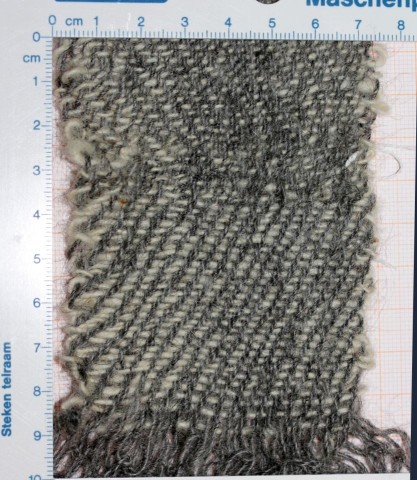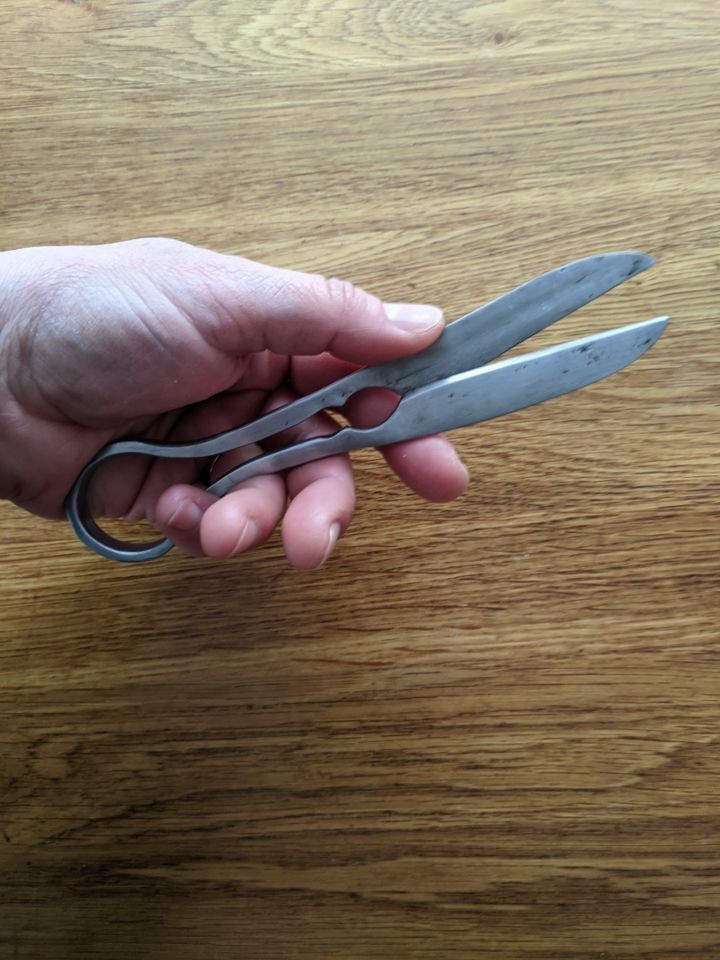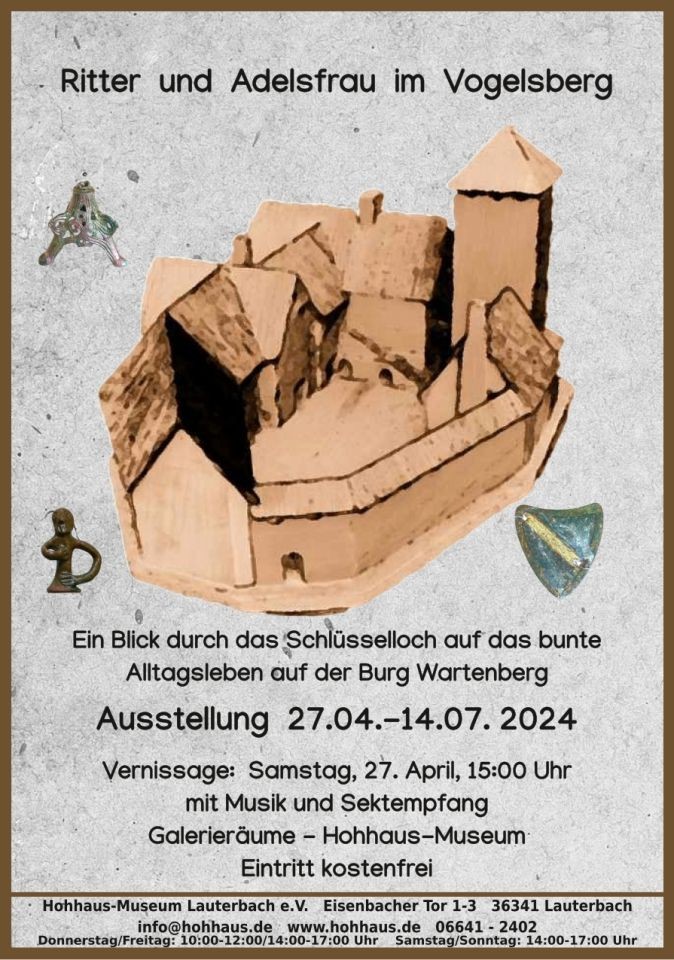As I've stated in one of the previous posts, there's a lot of different statements about spinning speeds around on the Internet. They are, in a lot of cases, outrageously high.
In a quite well-known, frequently cited book by Almut Bohnsack about spinning, there's also a list of how much could be spun on a handspindle... and these numbers, again, are very high. Outrageously high, if you ask me. Careful reading of the text, however, shows that for getting these numbers, the author measured the rotational speeds achievable by the different spindles, and did that measuring right after flicking them, with no resistance by the thread to speak of. These were in the ballpark of c 3000 rpm - and then, this number was taken as the maths basis to calculate how many twists per metre you need for yarns in different thicknesses (all of them very, very thin), and how long it would take for the spindle to deliver this number of twists. No consideration of drafting speed or winding up, and no taking into account that the spindle slows down, and that twist in the yarn will make turning the spindle harder.
Other calculations on the 'Net sound like it's a normal thing for someone to do close to 250 or even 400 m per hour, but if you follow the numbers to the source, they are extrapolations from - you may have guessed it - the speeds achieved during competitions that ran for 10 or 15 minutes.
So. Statements and calculations like these have resulted in the fact that I have very, very little trust in spinning speed numbers stated somewhere, without a very detailed explanation on how the numbers were derived. There's a huge difference between spinning for a few minutes and timing it, and spinning for production. Back in the days when I lacked experience and was going for the first reconstruction projects with hand-spun yarn, I did my time budget calculations from a 15 minute test spin. Even though I tried to work at normal speed, I was much, much quicker than in the actual process. Lehrgeld, we call that in German. (Tuition fee would be the translation...)
Which means that I trust the numbers that I have for myself, and timings that I have taken myself (like for the spinning experiment), and there's a few other people that I know and whose numbers I will take for true.
And there's still issues with these numbers... because comparability of spinning speeds also depends on the type of yarn you are doing, if you're using the same tool. For instance, if I'm spinning with hand-spindle and distaff and I'm making yarn of c 0.9 mm diameter and with a really high twist, someone else making yarn with 1.2 mm diameter and medium twist may be much faster than I am... but might not be faster doing the same yarn type. Someone spinning for speed and not minding if the yarn is rather irregular - can this be compared to someone spinning yarn for a specific purpose and going for consistency? If I get a bad spot in my production, I will interrupt the process and fix the spot (unless it's within the acceptable parameters, then I'll just go "huh" and let it slide). That takes time - I would not do that if going for speed.
So in case you're now interested in my speeds... my hand-spindle spinning is reliably at about 60 m per hour. I haven't tried speed-spinning there; this is "explain and demo" or production speed spinning. I'm not using my treadle wheels for spinning anymore as they are too slow, but the e-spinner will get me between 80 to 160 m per hour for production spinning, with most of the yarns in the 90-110 m per hour range. Doing ahundredfiftyplus takes a good bit of concentration, and is only possible sustainably if it's a very well-prepared fibre suited for this and a yarn thickness that is in my comfort zone.
If you're spinning, I'd be happy to hear about your thoughts about speed, and about your speeds. My recommendation is to get a stopwatch that you place next to your wheel; that way you can track your spinning time easily and accurately. Time yourself for spinning for a whole bobbin, and then measure out the whole bobbin, that will get rid of a lot of the variation in your spinning.





















